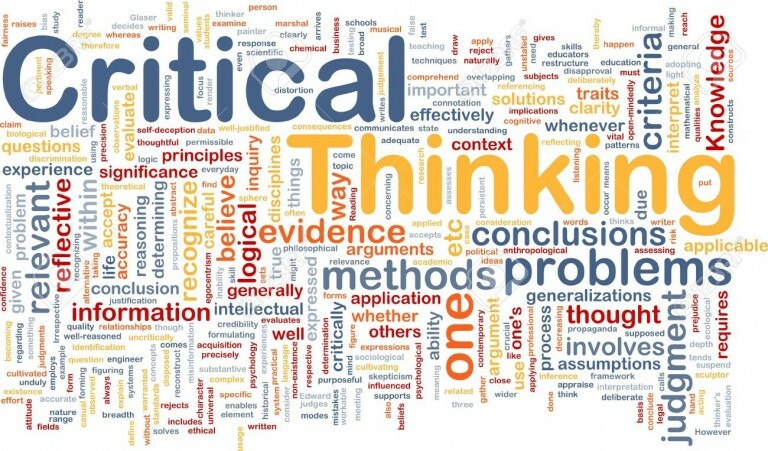e-Learning Ecologies MOOC’s Updates
Update #6 Critical analysis
As historians, we are doing all the time critical analysis: when you analyze a primary source. is no better way to understand events in the past than by analyzing the variety sources, -that people from that period left behind. However, the set of question to the sources and so the interpretations of them is different, according to the historian’s skills and experiences.
Something similar is going on with the critical analysis: basically, it is a process of asking questions about something. The questions and the answers help to make a judgement about its value or significance. However, according to Eric Henderson, critical analysis, “involves breaking down an idea or a statement, such as a claim, and subjecting it to critical thinking in order to test its validity."
Critical analysis is connected to critical writing. A critical analysis paper asks the writer to make an argument about a book, essay, or some other thing. The aim is twofold: on the one hand identify and explain the argument that the author is making, and on the other hand, provide the own argument about that argument. Basically, it is an evaluation of the author’s argument. Most critical analysis papers start with a summary of the work and then dive in to the argument. Since most of these paper assignments are short, it is important to be terse in all parts of the analysis. Writing an outline is essential to remain focused on the own argument and avoid irrelevant description.
Well, critical analysis is also closely related to critical thinking (in short: without critical thinking no critical analysis, critical writing and reading...) So, critical thinking is a way of thinking that is purposeful, focused, and aims to solve problems. In the context of e-learning various tools help and support the development of reflective and critical thinking. This happens, because e-learning allows students to view and review the teaching material in their own time. Furthermore, it provides various tools for students to reflect on their own contributions and modify these according to their own needs.
https://www.youtube.com/watch?v=of1S4ifxpu0
Sources:
Eric Henderson, The Active Reader: Strategies for Academic Reading and Writing. Oxford University Press, 2007
https://depts.washington.edu/pswrite/Handouts/CriticalAnalysisPapers.pdf
Cristina Leston-Bandeira: Using e-learning to promote critical thinking in politics: https://www.tandfonline.com/doi/full/10.11120/elss.2009.01030006


